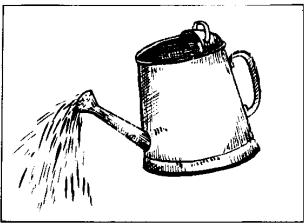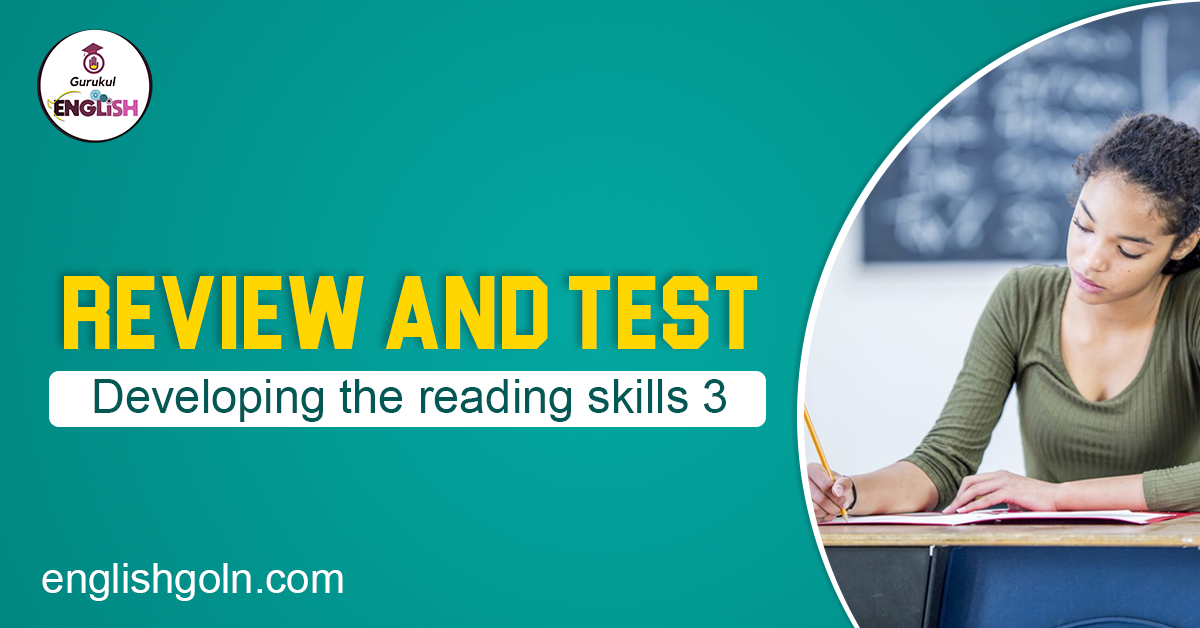Today is our topic of discussion Review and test
Review and test

Fill in each gap with a word from the list. There are more words in the list than there are gaps in the passage. One word may be used in more than one gap
was, be, so, from, campus, of. I, leaves, read, among, visiting, where, as, just, the, fast, in, can’t, to, conditions, not, economist, clear, which, very, many, me “I wanted to learn the people. Chittagong University_2__ is located among villages. 3 I had the advantages. 4 could just walk out 5 the campus and be 6 the people in a 7 Bangladeshi village.
I started 8 the very poor people __9_ the village because that’s 10 the problem is: Why 11 they improve their living___12_? I kept on talking 13 them not as an 14, not as a teacher, 15 as a researcher but 16 as a human being. 17 a neighbour. Among the18 things I learned and 19… people I talked to,_20 woman’s story led me 21 a series of events 22 finally culminated into a 23 special kind of bank.”
Read the passage and answer the following questions.
There are two sources of flooding in Bangladesh during monsoon. Water deposited in the upper watershed outside Bangladesh is brought by the rivers and we have floods- big or small in the country. This destroys the standing crops, but it also brings silt and nutrients to the soil. The second source of flooding is rainfall within Bangladesh.
This water (the rain water and the water coming from outside) is not a problem by itself. The big problem is how fast this water can be drained off the land. To solve this problem, our people have, over the centuries, dug thousands of canals and built thousands of embankments. These canals must be re- excavated and these embankments reconstructed every few years during the dry season.

Questions
1. Suggest a suitable title to the passage.
2. Describe the two sources of flooding.
3. What are the two things that usually happen as a result of flooding?
4. How can this problem of rain water and the water coming from outside the country be solved?
“Grameen Bank: Experiences and reflections” – a paper presented by Professor Muhammad Yunus at a seminar in Kuala Lumpur, September 1991.
“An Irrigation Programme for Bangladesh”- Robert H. Patten & Akhtar Hameed Khan, BARD Journal Vol IX No. 1 &2.
Look at the picture and read the description that follows.

Fig : A watering can
It is an irrigation implement. It is used to water gardens, lawns and small plots of land. A watering can is made of tin. It has a body that can contain 3 to 10 liters of water. It has a mouth with a cap. You can fill it up or put in it as much water as you wish. You carry it by its upper handle to the garden.
While you water the plants you hold the can by its side handle. The water comes through the supply tube as you lower its upper part. A rose is fitted to the upper part of the supply tube. It helps sprinkle water on the plants.
